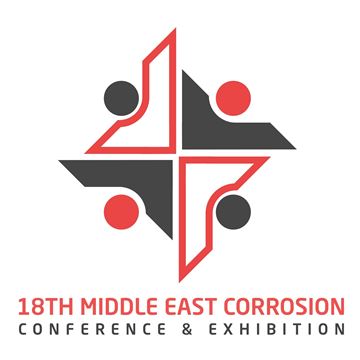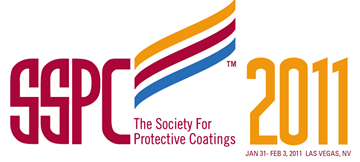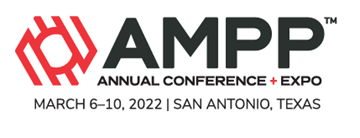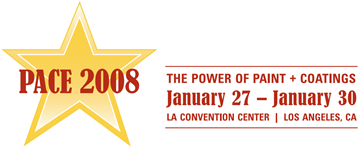Search
Products tagged with 'inspection'
View as
Sort by
Display
per page
Pipeline Corrosion Management against Dynamic Production towards the Extended Life
Product Number:
51324-20670-SG
Publication Date:
2024
$40.00
Preparing an Inspection Plan for Bridge Maintenance Painting
Product Number:
41211-596-SG
Publication Date:
2011
$20.00
Preparing Steel Surfaces For Thick-Film Intumescent Fireproofing
Product Number:
51321-16630-SG
Publication Date:
2021
$20.00
Primer For The Inspection, Testing, And Analysis Of Electrically Continuous Reinforced Concrete Structures
Product Number:
51322-17514-SG
Publication Date:
2022
$20.00
Putting the Pieces Together: Integrating Steel Repairs with Bridge Painting Projects
Product Number:
51219-199-SG
Publication Date:
2019
$20.00
Repairs to Concrete Foundation of Water Tanks
Product Number:
41208-446-SG
Publication Date:
2008
$20.00
Risk-based Coating Inspections Against Potential Corrosion Threats (RBCI)
Product Number:
MPWT19-14292
Publication Date:
2019
$0.00
RP0102-2002 (Chinese), In-Line Inspection of Pipelines
Product Number:
21119-SG
ISBN:
1-57590-0
Publication Date:
2002
$179.00
RP0190-1990, External Protective Coatings for Joints, Fittings, and Valves on Metallic Underground or Submerged Pipelines and Piping Systems
Product Number:
53071-HD1990
Publication Date:
1990
$179.00
RP0191-HD1996-SG The Application of Internal Plastic Coatings for Oilfield Tubular Goods and Accessories-HD1996
Product Number:
21048-HD1996
Publication Date:
1996
$179.00
RP0288-2004-SG (Chinese), Inspection of Linings on Steel and Concrete
Product Number:
21142-SG
ISBN:
1-57590-233-8
Publication Date:
2004
$179.00












